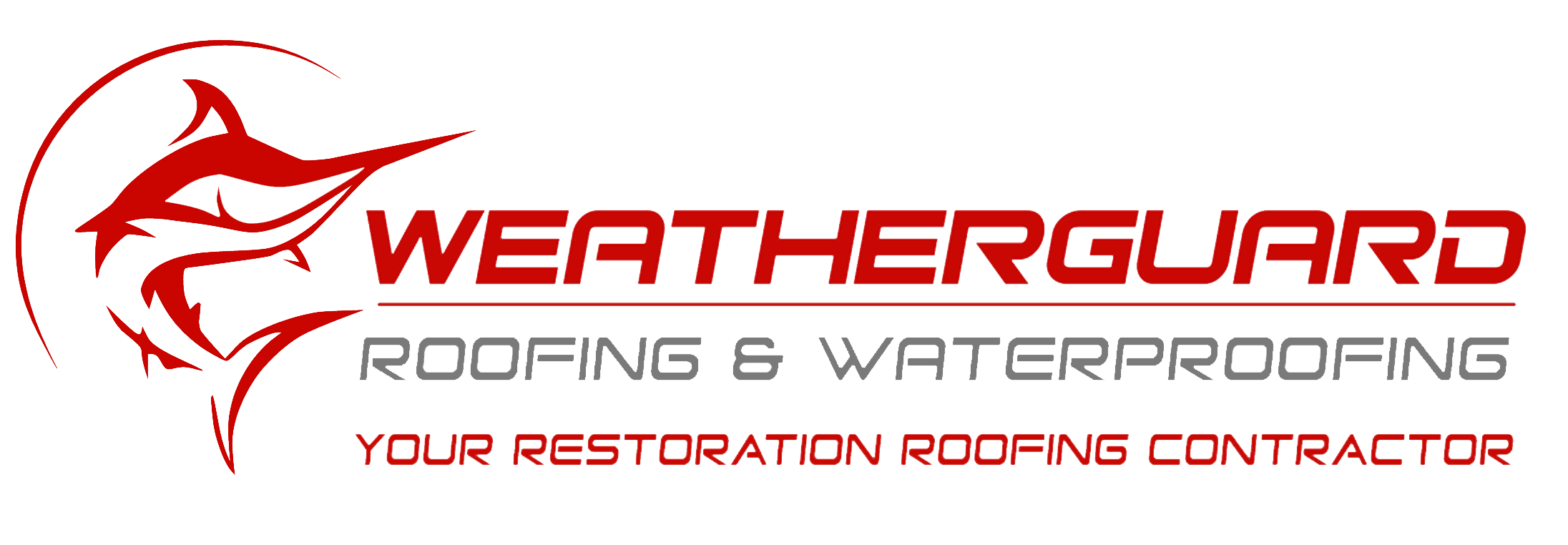What should I expect during a roof inspection in Miami?
- Mike "The Roofer"
- Jul 17
- 3 min read
Are you curious about what happens during a roof inspection in sunny Miami? Whether you're a homeowner, a seller, or just someone interested in roof maintenance, understanding the inspection process can help you be better prepared. In this blog, we'll walk you through each crucial step so you know exactly what to expect.

Step 1: Initial Consultation
Before the inspection begins, the inspector will usually have a quick chat with you to discuss your concerns and the specifics of your roof.
This initial consultation is vital. You should take this opportunity to express any specific concerns you have about your roof, whether it's leaks, mold growth, or aging shingles. A thorough discussion will help the inspector tailor their examination according to your needs.
The inspector may also ask about the roof's age and any previous repairs you may have had done. This information can provide crucial context that will guide the inspection process.
Step 2: Visual Inspection of the Roof
The inspector will examine the roof's exterior, looking for any visible issues like missing shingles, cracks, or other damages.
During this step, the inspector often climbs up onto the roof if it's safe to do so, or uses tools like binoculars if access is restricted. This thorough visual check allows for the identification of any visible problems that might lead to more significant issues if left unattended.
You'll want to observe this process, as the inspector will frequently point out areas of concern. Understanding these potential issues can help you grasp the importance of regular roof maintenance.
Step 3: Inspection of Roof Components
This includes checking essential elements like chimneys, vents, and gutters to ensure they're in good condition.
In addition to the visible parts, the inspector will analyze how these components function together. For example, clogged gutters can lead to water pooling on your roof, which can cause significant damage over time.
If issues are identified with any of these components, the inspector will provide guidance on repairs that might be necessary to keep your roof intact and performing optimally.
Step 4: Internal Inspection
After inspecting the roof from the outside, the inspector will often look inside your attic or crawl space to spot any signs of leaks or water damage.
The internal inspection is crucial, as it can reveal hidden issues that aren't visible from the outside, such as water stains, mold, or insulation problems. It's not uncommon for water intrusion to create conditions that can compromise the structural integrity of your home.
Make sure to ask questions during this inspection. Understanding what the inspector finds will arm you with the knowledge needed for any future repairs or routine maintenance.
Step 5: Report and Recommendations
Finally, the inspector will provide you with a detailed report of their findings and offer recommendations for any necessary repairs or maintenance.
This report will include photographs and notes that clarify the state of various roof components. The more detailed and clear the report is, the easier it will be for you to take action. A good inspector will not only list problems but will also prioritize them based on severity.
After receiving the report, don't hesitate to reach out with questions. Understanding what the next steps are and creating a maintenance plan will help extend the life of your roof and protect your investment.
Wrapping Up Your Roof Inspection Journey
By knowing what to expect during a roof inspection in Miami, you'll feel more confident and informed about maintaining your home. If you have additional questions or need a roof inspection scheduled, don't hesitate to reach out to a local professional.




Comments